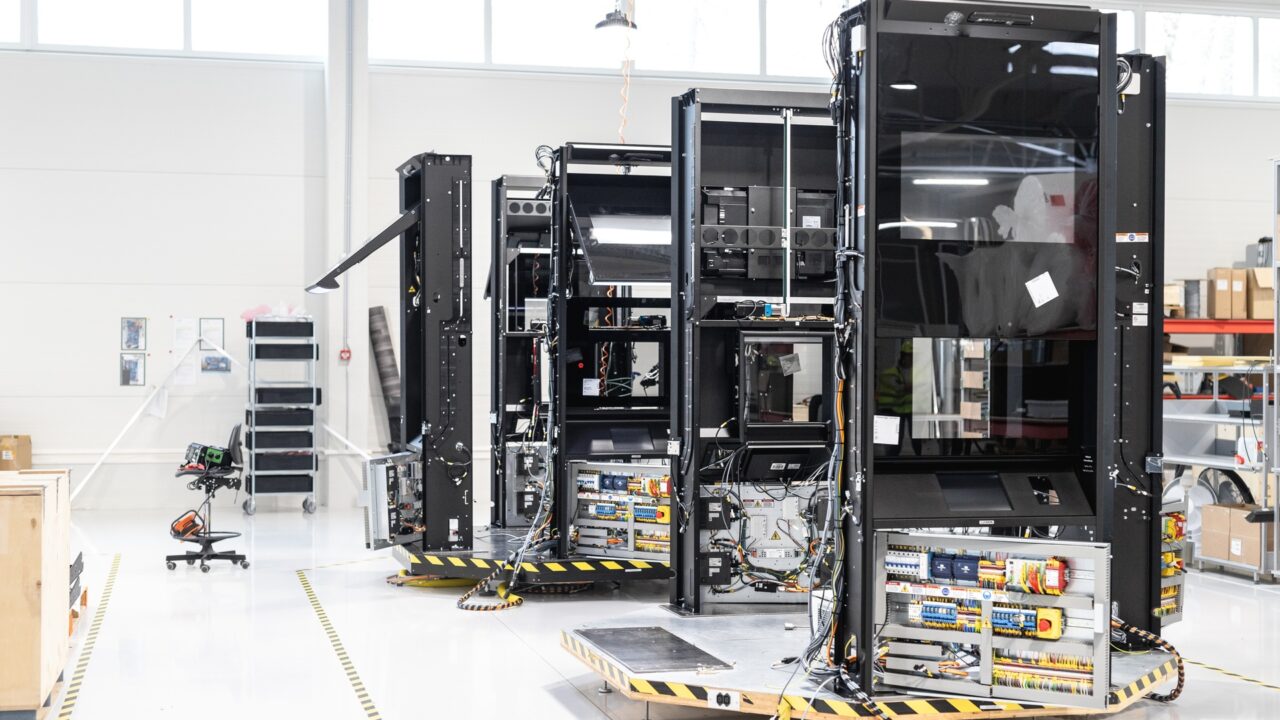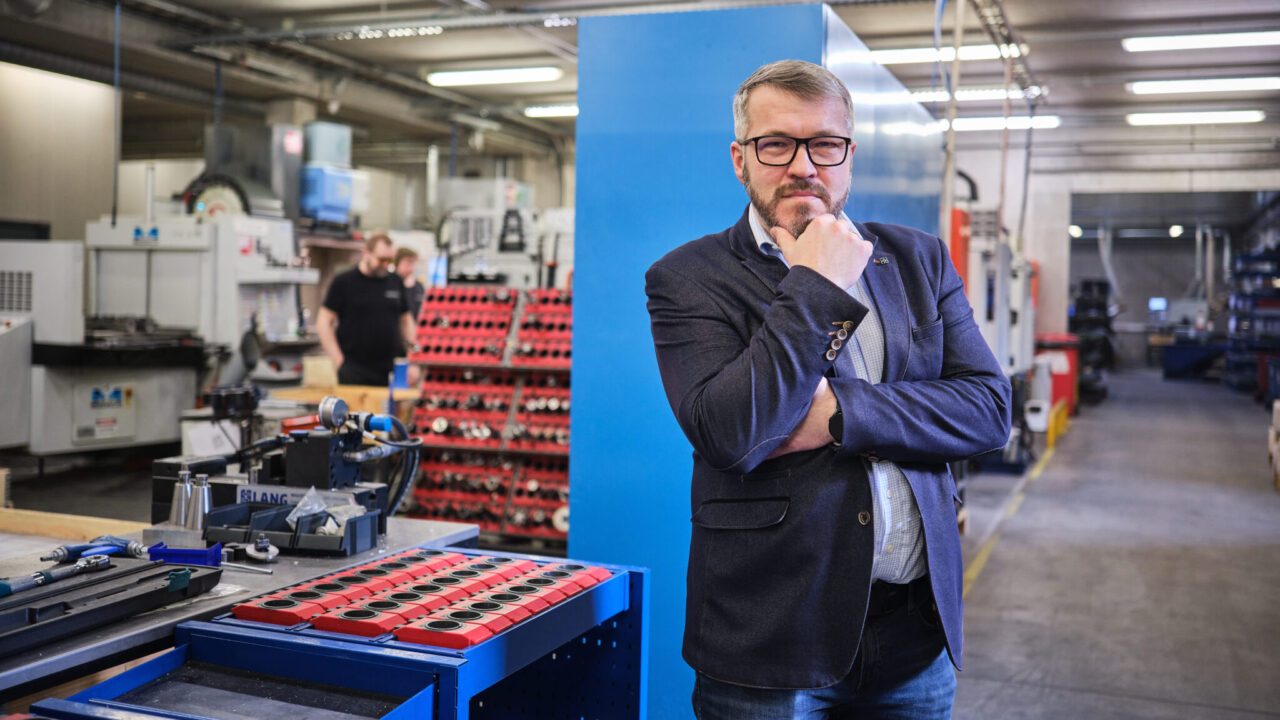It’s well known that for Estonia to reach the next level of prosperity, we need more engineers. Knowledge-based industry, built on engineering, is the foundation of wealth in countries like Finland and Germany.
Estonia already has companies developing products as complex as those made in Finland or Germany. Now we need to scale this kind of modern economy. But we’re missing thousands of engineers. Every engineer creates new jobs and – in the long run – helps raise wages for all Estonians.
When talking about solving the engineer shortage, the focus is usually on higher education. Solutions often include opening more engineering programs or pushing universities to admit more students.
But what can universities do if young people lack the educational foundation – or worse, have no interest in engineering? Studies show that half of basic school graduates rule out engineering entirely. With such attitudes, we won’t reach the wealth levels of Finland or Germany.
There’s also been decades of talk about “popularizing engineering education.” Too often, that results in a flashy marketing campaign that sounds hollow and has no lasting impact.
So what can be done? We need low-cost, smart changes in the education system that inspire a positive emotional connection to technology. Already in basic school, students should have their first successful experiences in engineering. They also need a real understanding of how exciting – and well-paid – engineering careers can be.
Every engineer creates new jobs and helps raise wages for everyone in Estonia.
Since we’ve had enough abstract visions, here are three concrete changes that could be introduced into basic and secondary education as early as next autumn. With broader educational reforms already underway, now is the perfect time for such decisions.

Testing robots at TalTech | Photo: TalTech
When was the last time your child visited robots?
When planning school field trips or extracurricular excursions, it’s taken for granted that basic school students should experience nature or enjoy cultural outings. But how many schools take children to visit Estonia’s robots – on a trip to a smart industry factory where world-class technology is produced?
They absolutely should. Experience shows that a visit to a modern factory is often more exciting for children than a museum. Today’s Estonian smart industry factories are fascinating places where high-tech machines craft parts with micrometer precision – some of which cost as much as a car.
In every county, there’s at least one company with a factory that looks like something out of a sci-fi film. And when that visit is accompanied by a story – what’s being made, how, and why – the experience becomes even more powerful. With the right planning, a visit to a smart industry facility can illustrate nearly everything taught in physics class, and even some topics from chemistry and math.
These smart factories, whose products bring millions of euros from abroad into Estonian households, also provide the answer to that age-old classroom question: “Where will I ever need this in real life?”
It’s equally important to explain that working as a trained specialist in such an exciting environment instantly puts someone ahead of about three-quarters of the Estonian population in terms of income. It’s not only okay but essential to talk openly about money with pre-teens. They are soon making educational choices that will shape their future – and their future family’s – standard of living.
There are already growing examples of schools and companies collaborating in this way. But the practice needs to scale across the entire education system. We should set a clear and specific goal: every young person in Estonia should visit at least one smart industry company by the end of basic school. The cost of such visits would be marginal – the impact, however, would be substantial.
We should set a clear and specific goal: every young person in Estonia should visit at least one smart industry company by the end of basic school.

A clear and specific goal should be that every young person in Estonia has visited a smart industry company by the end of elementary school. Cleveron’s parcel robot factory | Photo: Renee Altrov
Modernizing craft studies – a step toward closing the gender pay gap
A second, relatively simple yet powerful way to ease the engineering shortage through elementary education lies in the proper implementation of the modern technology education subject already outlined in the national curriculum.
You might ask – what is technology education? After all, we’re used to calling it “craft” or “shop class,” and often associate it with gender-divided activities like knitting and crocheting for girls, and sawing and planing for boys. Clearly, such an approach no longer fits the needs of today’s schools.
There are already success stories in Estonian schools where both girls and boys are given a hands-on introduction to robotics and programming in a way that genuinely engages them. They use CNC milling machines, laser engravers, and 3D printers – tools similar in principle to those used in top-tier global tech companies.
This is combined with creativity: project design, modeling, and CAD-based design. This playful, creative, yet highly practical approach has proven effective in sparking students’ interest in engineering. All Estonian elementary schools should transition to technology-based education.
All Estonian elementary schools should transition to technology-based education.
Importantly, such an approach could help solve not only the engineering shortage but also other major social challenges. For example, the high dropout rates among boys, often linked to overly theoretical teaching. Or the underrepresentation of young women in well-paid engineering fields, largely due to the perception that such careers aren’t interesting – a perception that only reinforces the gender pay gap.
While the tools for modern technology education require some investment, the benefits are broad and long-lasting.

We’re used to calling it craft class and associating it with gender-segregated activities like knitting and crocheting for girls, and sawing and planing for boys. Clearly, such an approach no longer fits the needs of today’s schools | Photo: Marek Metslaid
Technology-focused secondary schools as the norm – because theory alone won’t build wealth
The education minister’s initiative to modernize terminology in secondary education is a welcome one. Instead of “vocational schools” and “gymnasiums,” we are increasingly hearing talk of applied secondary schools and more theoretical academic tracks.
It’s well known that the boundaries between broad theoretical education and hands-on skills training have become increasingly blurred in Estonia’s secondary system. Vocational secondary education often leads students to university – sometimes more smoothly than traditional gymnasium tracks – while gymnasiums are beginning to integrate valuable practical skills into their curricula.
This is in line with the European model. Secondary education in countries like Germany and Switzerland works in much the same way. Estonia now needs to take a step closer to that direction. At the heart of our secondary education should be, by default, the skills needed for the smart, mostly technology-driven jobs of the future.
Of course, this should be complemented by broad knowledge and analytical ability, which together form a well-rounded education. But our “Plan A” for secondary education should be to offer every young person a path toward a meaningful and attainable career in technology.
At the heart of our secondary education should be, by default, the skills needed for the smart, mostly technology-driven jobs of the future.
This would mean that thousands of young people each year could enter the job market by the age of 20, earning at least an average salary – around €2000 per month. That income would lift up their families and drive demand across the economy, creating new jobs even in simpler sectors. Entire segments of Estonian society would take several steps closer to Finnish living standards.
We already have the curricula, school buildings, teaching tools, and largely the teachers needed for this shift. The strong move to scale down purely theoretical gymnasiums is a step in the right direction. What’s still needed is a clearer decision – and communication of that decision – that the future of Estonian secondary education lies in a technology-focused model.

Tulevikus vajalikud targa, enamasti tehnoloogiaga seotud töö oskused peaksid olema vaikimisi iga Eesti noore keskhariduse tuum | Foto: Renee Altrov
Every new specialist added to the workforce through this system increases Estonia’s smart export capacity by tens of thousands of euros per year. Technology education could bring hundreds of millions into Estonia over time – boosting the entire economy. Of course, such reforms would also face some criticism. But they would be decisions that effectively shift Estonia’s economy into the next gear – at virtually no cost.
Who’s ready to make the call?




